National Drug Foundation website
The resources are for New Zealand Curriculum levels 4 – 5,
Haere maiHow can we help?
Te Whatu Ora - Health New Zealand, Te Matau a Māui Hawke's Bay takes great care to see to it that material accessible from this site is of value to educators and represents "best practice" in terms of unbiased and well-informed content.
However, Te Whatu Ora, Te Matau a Māui Hawke's Bay cannot be responsible for material which is posted onto other websites which are linked to this one. If you are concerned that material here is inappropriate for whatever reason, please use the "submit a revision" button to let us know.
The resources are for New Zealand Curriculum levels 4 – 5,
A printable diagram to learn how muscles function.
Start building good oral health habits early with these fun activities and lesson plans for children of all ages!
Includes worksheets, lesson plans etc. American Dental Association.
Teach students about human anatomy by demonstrating the function and location of organs in the human body. We have a variety of fantastic resources including information charts depicting the skeletal, muscular, nervous, digestive, circulatory and more.
Great resources including family food and guidelines for different age groups.
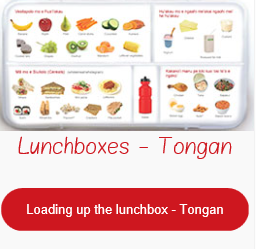
Ideas and suggestions for healthy lunches. Written in Tongan. From the National Heart Foundation
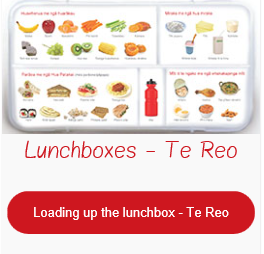
From the National Heart Foundation.
Information and ideas in Te Reo Maori to help whanau put together better lunchboxes
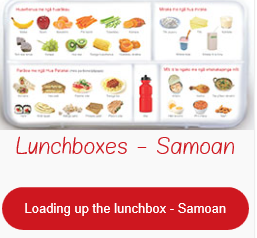
Samoan language support and ideas for healthy school lunches. From the National Heart Foundation
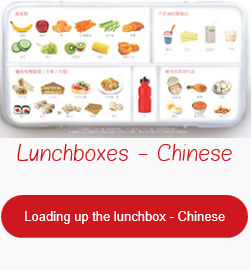
Ideas and suggestions for healthy lunchboxes. Written in Mandarin. From the National Heart Foundation
Our science worksheets introduce kids to fun and interesting scientific topics such as the human brain, animal facts, ecosystems, physics, chemistry outer space, and more. Browse our collection of fun science worksheets and inspire a love of science in your child.
NZ Blood Service teaching resource which focuses on developing students' understanding of the cardiovascular / circulatory system - one of the body's most important systems - and how blood keeps our body going.
This online version of the book supports the implementation of Health and Physical Education in the New Zealand Curriculum (1999) by providing teachers with ideas for planning units of work to meet the identified learning needs of their students. Although the learning experiences present a teaching sequence, teachers are not expected to implement all the suggested activities or necessarily to follow the sequence suggested. To meet the learning needs of their students, teachers may use all or part of this book over a two-year cycle and may also select from activities designed for other year levels.
Looking to burn some energy? This is a 20 minute workout designed for kids to elevate their heart rate while having some fun (although adults are welcome too!). We start with a simple 1 minute warm up, followed by 3 rounds of high energy activity.
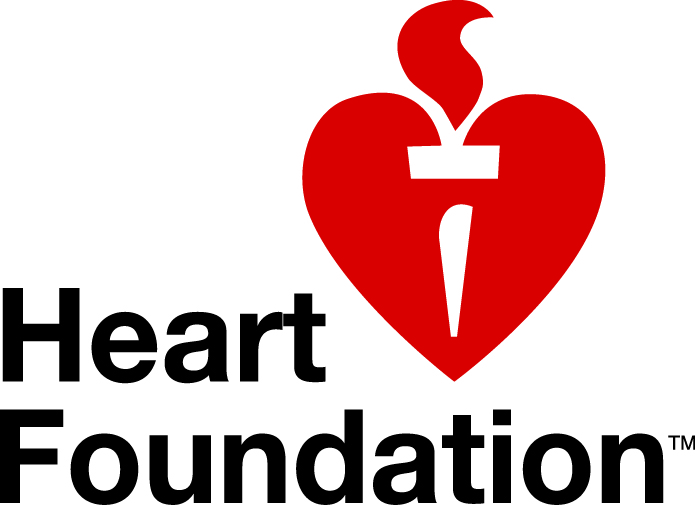
There are plenty of resources here with Lesson plans and Unit plans to support learning around nourishing kai.
Kid’s Health is an interactive tool to engage and educate children in their own health and wellbeing. Designed for children over 5.
We aim to give you the tools to make the best health choices for you. Here's whatyou'll find on KidsHealth.org:
Why do we need hydration? Water is the main substance in our bodies, making up more than 50% of a person’s body weight, and it’s directly involved in every biochemical reaction in each cell in our body. Find more videos at http://osms.it/more.
To assist health professionals and other sector workers decipher fact from fiction, HPA is undertaking factual reviews of topical issues. These two-page information sheets contain evidence-based advice to help you provide clear consistent information to consumers.
Get your facts right and avoid any confusion.
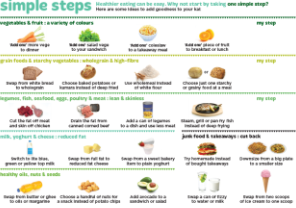
This double-sided resource from the National Heart Foundation shows the simple steps you can take to add healthier options to your meals, also contains a simplified version of our Healthy Heart visual food guide. First pad is free then $1 per unit
The video explains how our human heart works - its structure and function of each part.
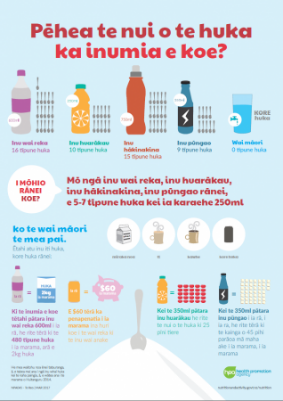
This infographic poster shows the amount of sugar in soft drinks, fruit juice, sports drinks and energy drinks. Available in Māori and English from the Health Promotion Agencyand locally from Wendi Wolfen-Duvall, Napier Health, 76 Wellesley Road, Napier. 06 834 1815 ext 4162 wendi.wolfen-duvall@hbdhb.govt.nz